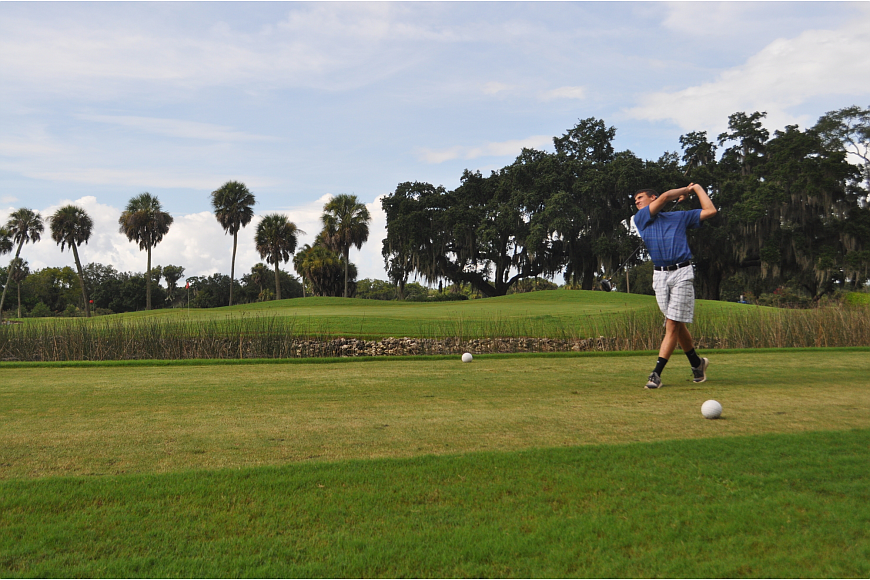- April 4, 2025
-
-
Loading

Loading

Although a city committee has worked for 10 months to investigate a comprehensive plan to improve Bobby Jones Golf Club, Mayor Willie Shaw believes the municipal course’s history in the community already gives it an edge over its competitors.
“We are Bobby Jones — everybody else is competing with us,” Shaw said. “We’ve got the prize. Nobody else has the name.”
Still, with that committee recommending $14.5 million worth of improvements to the 45-hole facility, some officials have questioned how significant that name brand really is.
The Bobby Jones Golf Club Study Committee outlined its final report to the City Commission Monday. The group made clear that significant upgrades are necessary. Its recommendations call for two renovated courses, a new 15,000-square-foot clubhouse and a new player development center on what is now the Gillespie Executive Course.
“If we felt like we could fix this with just some minor repairs, we wouldn’t be here having this conversation,” committee Chairman Dan Smith said. “It’s way beyond time.”
The commission formed the committee because it felt change is necessary at Bobby Jones. The course is showing signs of its aging infrastructure. The city wants the course to be fiscally self-sustaining, but revenues and the number of rounds played at the course have steadily declined since 2008.
But even if the city followed these recommendations — if Bobby Jones were turned into a pristine facility — would the investment pay off?
"Golf is a really good business." — Jay Logan
That question hasn’t been answered for some officials. Commissioner Susan Chapman said in general, the golf industry has declined post-recession. Many private facilities now allow nonmembers to play, increasing the competition in the field.
“In analyzing the data, we basically have three different factors,” Chapman said. “One is the deferred maintenance, one is that golf is going downhill in terms of players in general, and the other is the design issues.”
The committee said they were not certain which factor most contributed to the decreased activity at Bobby Jones. There was confidence, though, that an improved facility would lead to increased revenues; the committee said it conservatively forecasted a 5% increase in rounds played even if the average price were raised.
“This notion of golf declining or being a business that’s no good — golf is a really good business,” said Jay Logan, another member of the committee. “Think about soda, fast food, smoking — all in decline, but all really good businesses where people compete and make a lot of money.”
Vice Mayor Suzanne Atwell disagreed with the mayor’s notion that the name of Bobby Jones ensured the facility’s competitiveness. She’s shown a willingness to keep all options open on this issue, including bringing in a private firm to manage the course.
“We can’t just keep saying ‘We are Bobby Jones,’” Atwell said. “That’s not enough for me.”
She wants to identify a core demographic of Bobby Jones users to develop a better knowledge of the character and desires of the city’s target audience. With the city beginning to show signs of growth again, she’s skeptical about committing significant future money toward improvements without assurance that projected revenue increases will come to fruition.
"We can’t just keep saying 'We are Bobby Jones.'" — Suzanne Atwell
The city will take steps to gather more information about the future of the course. A master planner would likely cost between $20,000 and $50,000 and would expand on the work of the study committee. The city is also surveying Bobby Jones users to gauge their feelings about the course.
Atwell ultimately remains a believer in the potential of the facility. As a whole, the commission has indicated it thinks Bobby Jones can realistically remain an affordable course for Sarasota residents. It just needs to figure out how to get there.
“We have a phenomenal place — a beautiful golf course with the name of a famous golfer,” Atwell said. “Now, who do we target?”